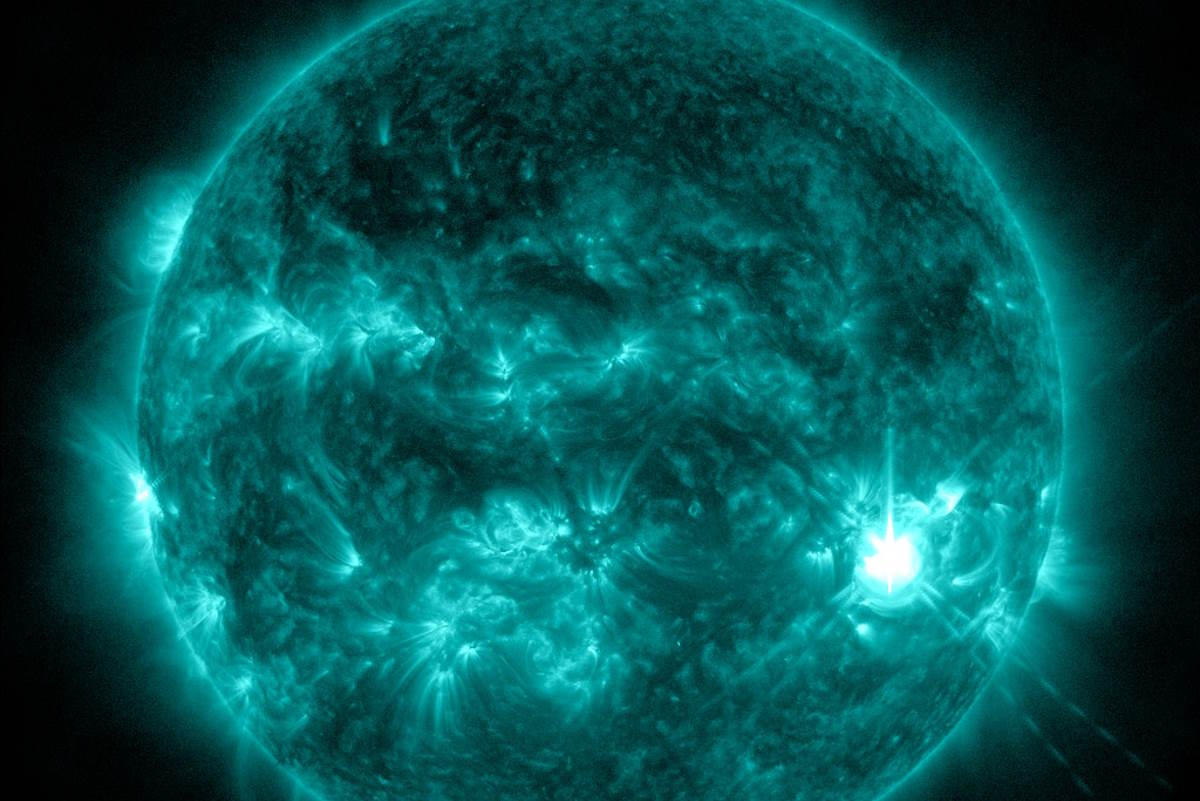It's called AR3738 and it "exploded" twice in a few hours: it's a large sunspot that could give us a lot of satisfaction (but also some problems). After an M-class flare recorded yesterday, July 13, NASA recorded a much more powerful X-class flare tonight shortly after 4:30 on July 14.

©Nasa/SDO
A sunspot known as AR3738 has erupted twice within a few hours, raising hopes for viewing low-latitude auroras. After a class M flare recorded on July 13, NASA detected a much stronger class X flare early in the morning of July 14. However, there are no signs of coronal mass ejections yet.
Understanding solar flares
As explained by the National Institute for Astrophysics (INAF), solar flares are categorized into five classes of power, designated by letters where each class is ten times more powerful than the previous one. The classes, in ascending order of power, are A, B, C, M, and X.
Within each class, the flare’s power is further classified by a number from 1 to 9, based on their X-ray brightness. For instance, a C4 flare is half as powerful as a C8 flare. Therefore, an M2 flare is ten times more powerful than a C2 and four times more powerful than a C5.
Recent solar activity
On July 13, a class M5.3 flare was recorded at 2:42 PM local time in Italy. Later, at 4:35 AM local time on July 14, a significantly more powerful class X1.2 flare occurred. Unfortunately, these events are not just about beautiful auroras but can also cause problems.
An X1.2 flare occurred from AR 3738 at 14/0234 UTC pic.twitter.com/w2nGx04zvt
— NOAA Space Weather Prediction Center (@NWSSWPC) July 14, 2024
Impact on earth
Last night, NASA’s Solar Dynamics Observatory (SDO) recorded the intense ultraviolet flash and radiation from the flare, which ionized the upper part of Earth’s atmosphere, causing a shortwave radio blackout over Australia, Southeast Asia, and Japan. Sailors and radio operators in these regions might have experienced a 30-minute signal loss on all frequencies below 25 MHz.
So far, no coronal mass ejections (CMEs) have been detected. This might be because the explosion was not long enough to propel one out of the solar atmosphere.
More eruptions may be imminent. AR3738 has a “beta-gamma-delta” magnetic field, which harbors the energy for further class X solar flares.
